The Concours of Elegance, presented by A. Lange & Söhne, is delighted to welcome an exquisite array of the rarest and most desirable Bugattis to Hampton Court Palace from Sept 1-3. These cars from the thoroughbred French marque – considered to be ‘le pur-sang des automobiles’ – will grace the 11th annual Concours of Elegance from Sept 1-3 in an homage to the legacy of the master of style and innovation, Ettore Bugatti. He founded his eponymous company in 1909, yet his genius stretched back even further, to the twin-engined racing tricycle he created while a teenage apprentice with Italian company Prinetti & Stucchi.
 Having masterminded what remain to this day some of the world’s most high-end, sought-after models, Automobiles Ettore Bugatti’s golden era came to an end in 1952, but the name was resurrected as Bugatti Automobili SpA in 1987 by Italian businessman Romano Artioli, resulting in the introduction of the astounding EB110 GT hypercar. The story continued with the Volkswagen Group’s acquisition of the brand in 1998 – and each of the marque’s chapters will be represented at the Concours of Elegance.
Having masterminded what remain to this day some of the world’s most high-end, sought-after models, Automobiles Ettore Bugatti’s golden era came to an end in 1952, but the name was resurrected as Bugatti Automobili SpA in 1987 by Italian businessman Romano Artioli, resulting in the introduction of the astounding EB110 GT hypercar. The story continued with the Volkswagen Group’s acquisition of the brand in 1998 – and each of the marque’s chapters will be represented at the Concours of Elegance.
Here are just some of the Bugattis that will grace the Royal lawns of Hampton Court Palace.
1897 Prinetti & Stucchi Tricycle
This unlikely-looking steed is in fact a highly significant and historic vehicle, for it was this tuned-up period racing machine that set a teenaged Ettore Bugatti on the path to iconic automotive status. The then-apprentice’s employer Prinetti & Stucchi produced licenced DeDion tricycles, and at the behest of the Automobile Club of Italy young Ettore was charged with developing a twin-engined racing version.
This he did, with astounding success. Exhibiting innovation and mechanical skill beyond his tender years, his Bugatti Type 1 went on to win its first race in the 1899 Reggio Emili, against very stiff competition indeed. In doing so, it established a world-record average speed of 64kp/h over 90km – a remarkable feat at the time, setting the tone for the many incredible cars and motor sport victories that would follow for Ettore.
1934 Bugatti Type 59
The 1934 Type 59 – part of Switzerland’s Pearl Collection – was developed in answer to increasing motor sport competition from the likes of Mercedes-Benz and Alfa Romeo. It was, and still is, considered to be both a technical marvel and a masterpiece of industrial art, with remarkable ‘piano-wire’ wheels, dropped body – and thus lower centre of gravity – longer wheelbase and supercharged straight-eight. As Bugatti’s final GP machine, the T59 is widely held to be the most elegant pre-war competition machine of all. Just six were built, and this particular example went on to take third at the Monaco Grand Prix and overall victory in Belgium. 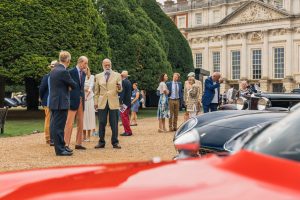
Its chassis and bodywork were subsequently heavily revised, its supercharger removed and a dry-sump gearbox installed, in preparation for sports car racing. A series of successes saw it become France’s fastest sports car, and it even spent some time in the stable of King Leopold III of Belgium. Presented in very original condition, this endlessly fascinating, historic and singular machine embodies the Bugatti marque’s ineffable magic.
1935 Bugatti Type 57 Stelvio
Bugatti’s Type 57 grand tourer was in production from 1934 until 1940 and the Second World War. It was a brand-new design by Jean Bugatti, Ettore’s son, who by now worked for the company. It shared its 3.3-litre engine with the Type 59 GP cars, but as was typical of the marque, the T57 underwent various technical evolutions throughout its lifetime, and was made available in numerous bodystyles both with and without a roof – many of them bespoke.
The T57 had a relatively high production run of 710, in both original and lowered (Surbaissé) T57S and SC (Compresseur – supercharged) guises. It is the Stelvio cabriolet – named for a pass in the Eastern Alps – that will be on show at Hampton Court Palace.
1936 Bugatti Type 57S Atalante
One of only 17 Bugatti Type 57S models built wearing two-seater Atalante coupé coachwork, chassis no. 57502 was delivered new to Earl Howe – co-founder of the British Racing Drivers’ Club – via UK Bugatti agent Sorel of London. The car then changed hands several times before being bought by a Dr Harold Carr from Newcastle-upon-Tyne in 1955. He put the 57S into storage in 1960, and there it remained, untouched, until his death in 2007. It was then rediscovered and fully restored, before joining the Pearl Collection, where it has remained ever since.
1994 Bugatti EB110 GT
Romano Artioli had a dream – and with the help of former Lamborghini Miura engineers, as well as automotive luminaries such as Paolo Stanzani and Nicola Materazzi, the ambitious Italian entrepreneur achieved it. For several years in the 1990s, his all-new EB110 GT hypercar project sat atop the supercar tree, thanks to its remarkable 553bhp quad-turbo 3.5-litre V12 and four-wheel-drive system. The even more powerful, track-focused Super Sport variant kicked out a then-stupendous 602bhp.
Artioli’s revival of the Bugatti name was ultimately short-lived, however. Financial difficulties eventually forced the firm’s closure in 1995, after just 139 EB110s had left the Campogalliano factory in Modena – including one bought by Michael Schumacher. The example on show at the Concours of Elegance, chassis 39065, is one of the 84 road-biased GT variants built. From new it was finished in Grigio Chiaro with a dual-tone grey leather interior, and fitted with the Super Sport’s lightweight wheels and carbonfibre front bumper.
2022 Bugatti Centodieci
Upon Bugatti’s 110th anniversary in 2019 the venerable French marque, by now owned by Volkswagen Group, created a limited-edition machine to celebrate this landmark in its history of exceptional performance and design. The Centodieci went into production in 2022. The Pearl Collection’s example – one of only ten to be built – represents the apex of modern-day Bugatti, and took inspiration from its EB110 forebear.
Its 1577bhp 8.0-litre W16 engine enables it accelerate from 0-62mph in 2.4 seconds and reach a (limited) top speed of 236mph; virtually peerless performance. Many cars from Bugatti’s history represented the limits of what was technologically possible at the time they were built, so it’s fitting that the marque’s newest model showcased at the Concours of Elegance does just the same thing.
 These exquisite Bugattis will sit alongside yet more exciting machinery at September’s Concours of Elegance, with an array of rare and spectacular concours vehicles and special features including further exhibits from Switzerland’s Pearl Collection, Thirty Under 30, the all-female Levitt Concours and Junior Concours. In addition to the main displays, the event will assemble around 1000 additional vehicles in a series of glamorous features.
These exquisite Bugattis will sit alongside yet more exciting machinery at September’s Concours of Elegance, with an array of rare and spectacular concours vehicles and special features including further exhibits from Switzerland’s Pearl Collection, Thirty Under 30, the all-female Levitt Concours and Junior Concours. In addition to the main displays, the event will assemble around 1000 additional vehicles in a series of glamorous features.
James Brooks-Ward, Concours of Elegance CEO, said: “Bugatti was – and remains – truly le pur-sang des automobiles, a thoroughbred marque like no other. The Concours of Elegance is absolutely delighted to host such a comprehensive display of exquisite motor cars from throughout the brand’s history. From a teenage Ettore Bugatti’s very earliest creation – the 1897 Prinetti & Stucchi Tricycle, or Bugatti Type 1 – through to the Centodieci, masterminded by the modern-day Bugatti company in 2019 to celebrate the brand’s 110th anniversary, the cars on display represent the pinnacle of engineering brilliance, breath-taking design and technical innovation.”
The Concours of Elegance, presented by A.
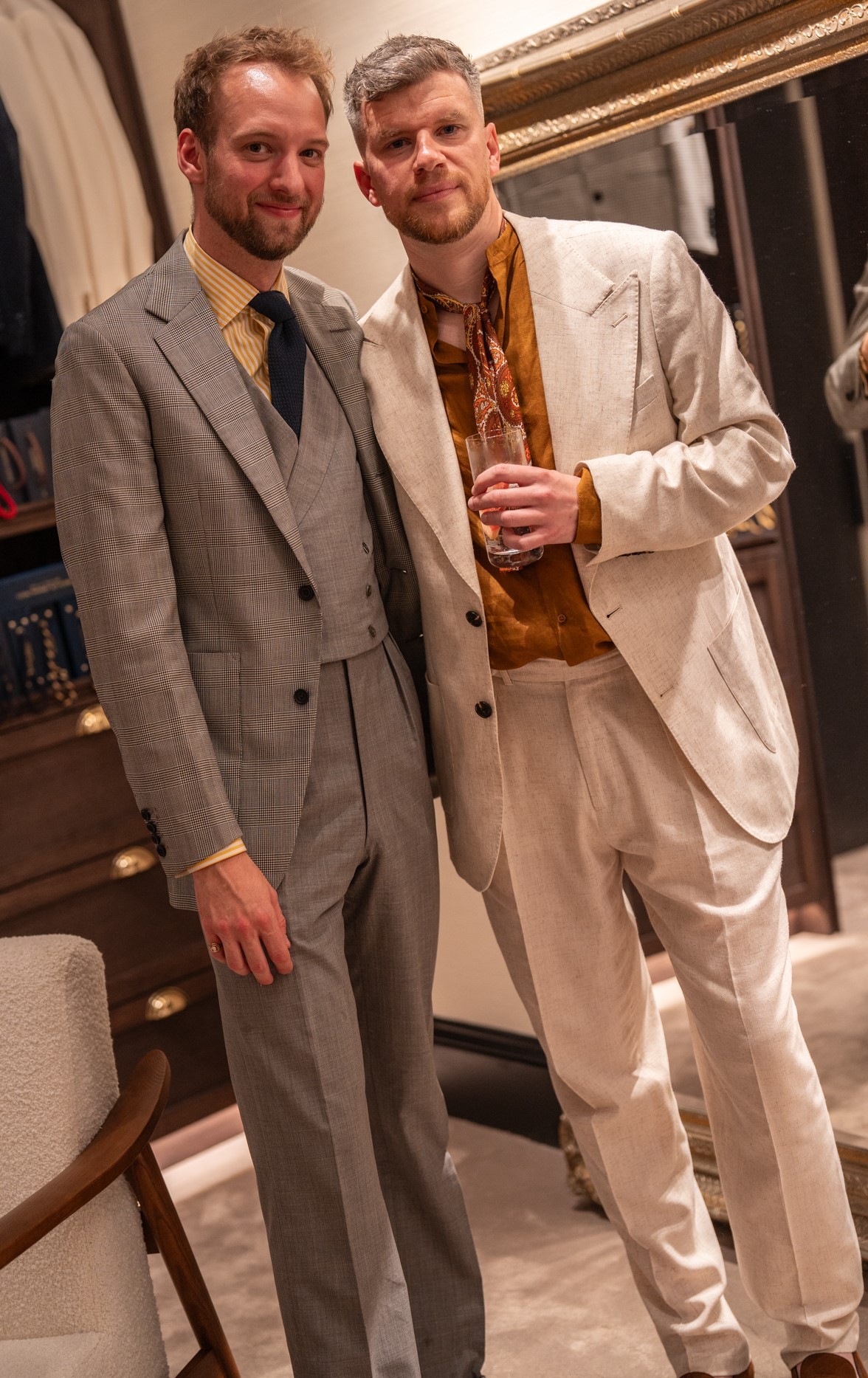
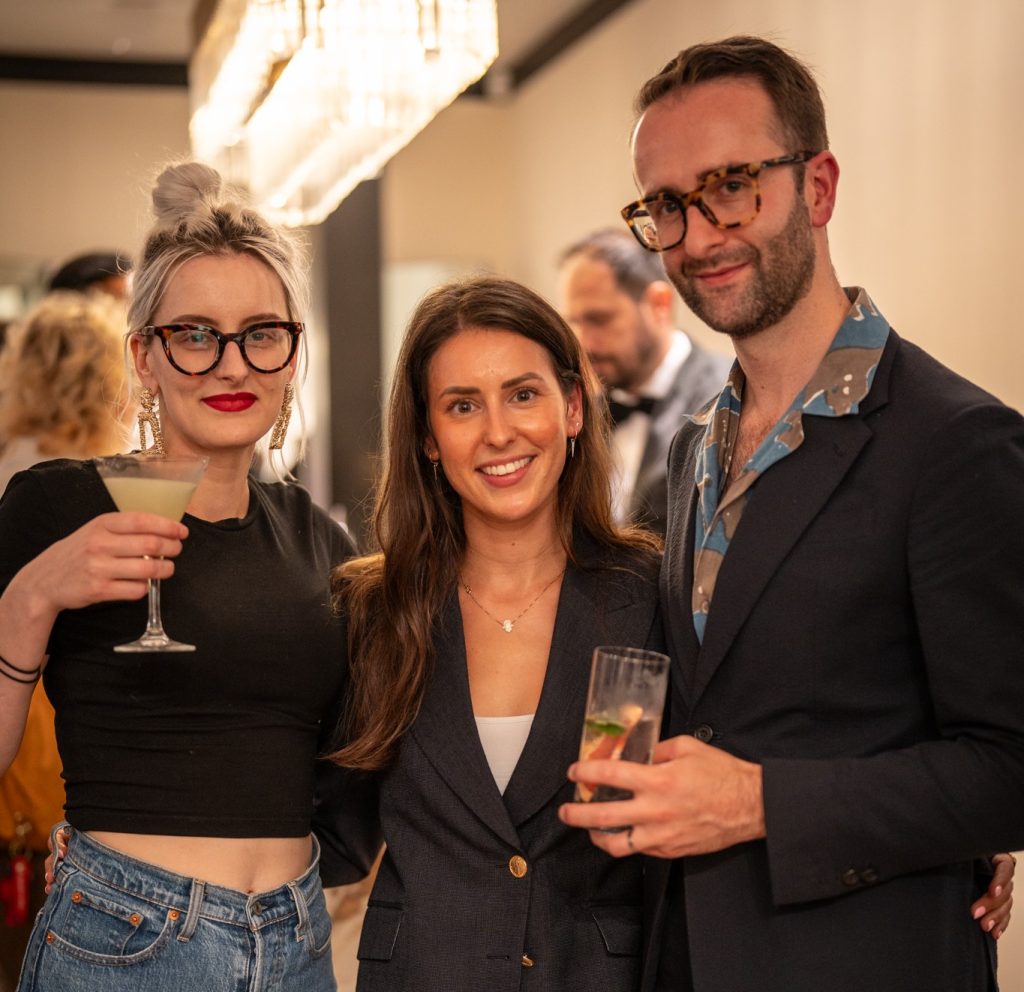
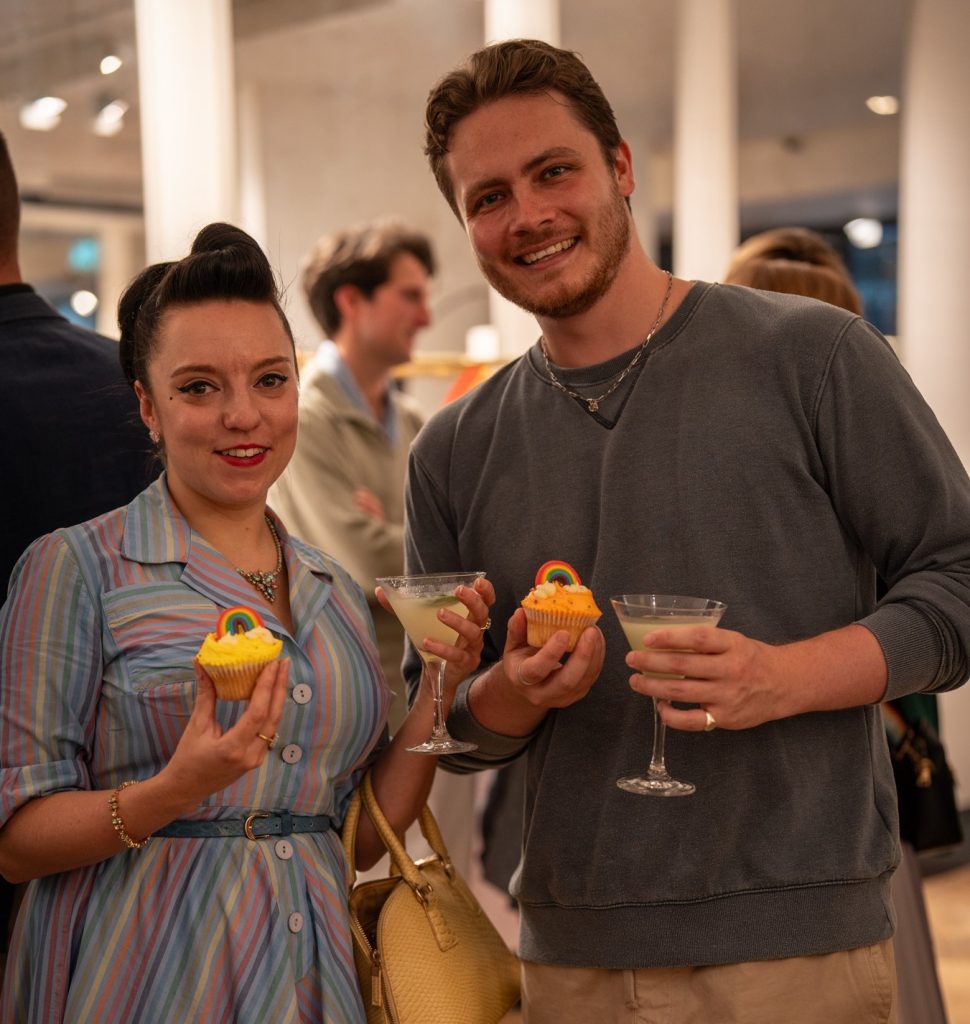
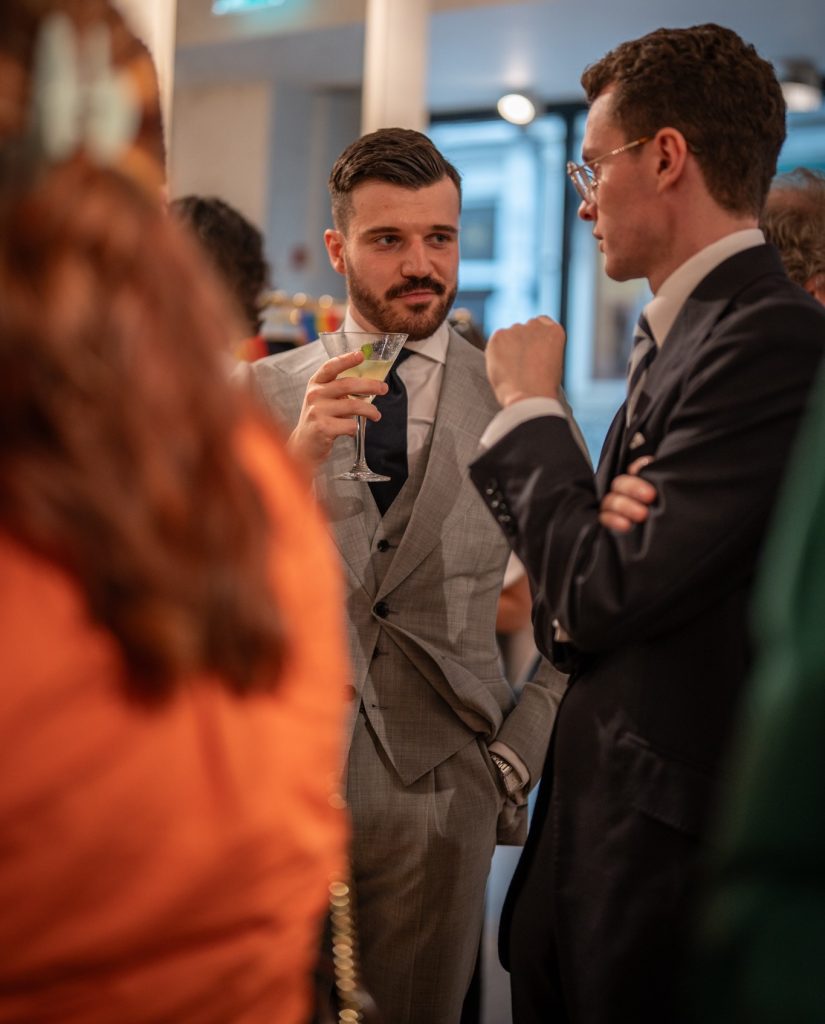
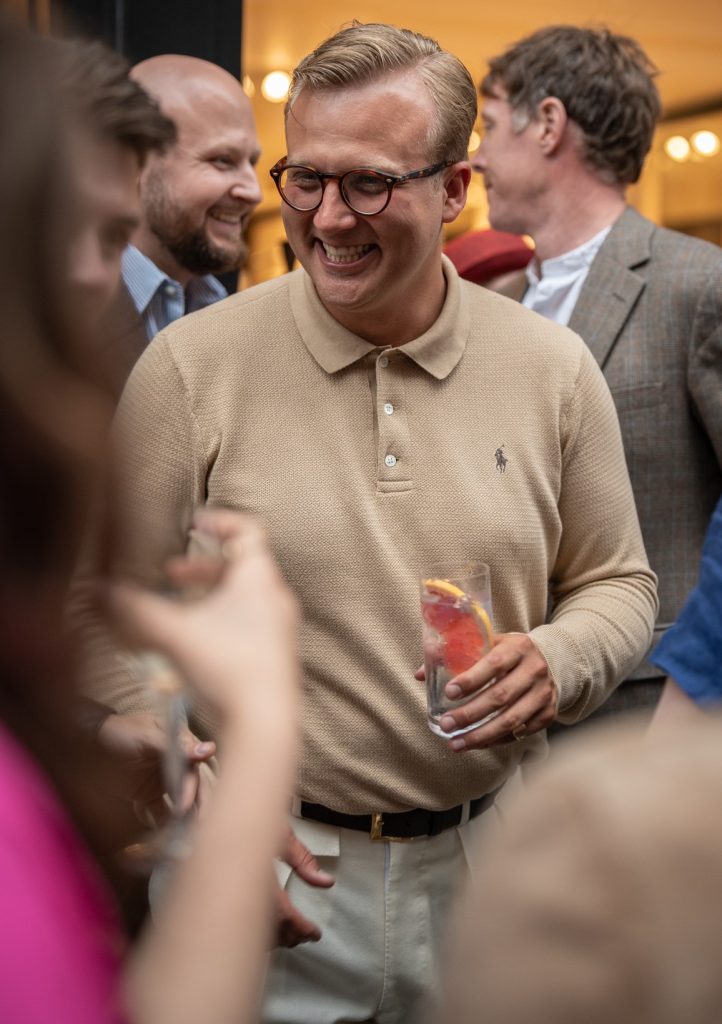

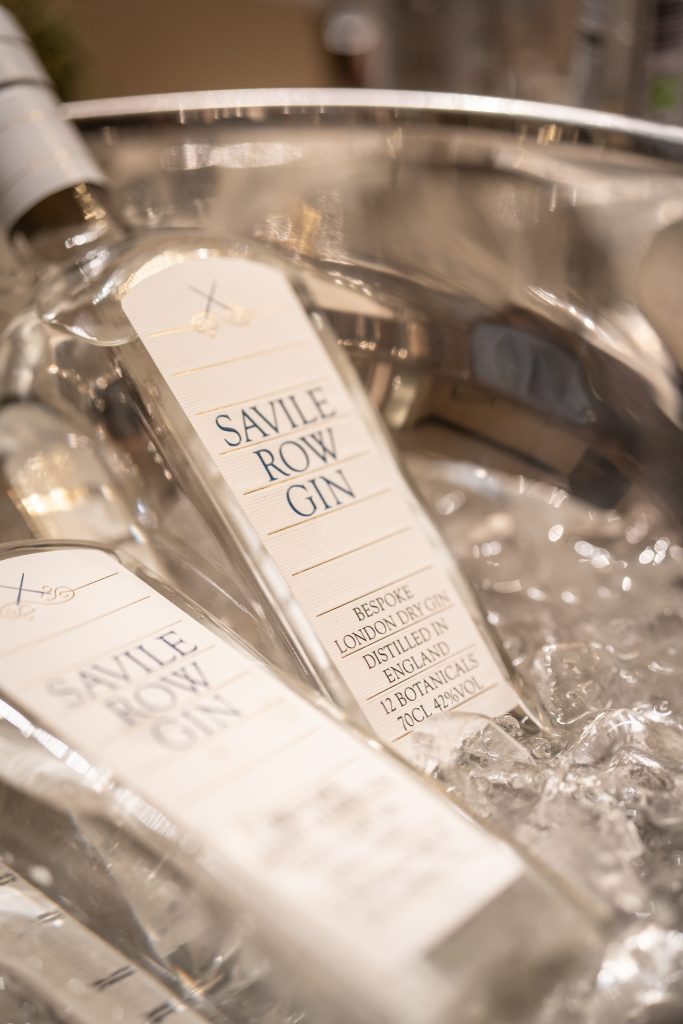
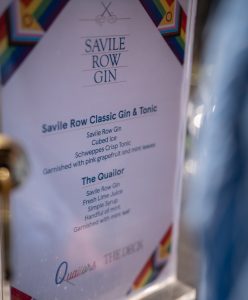

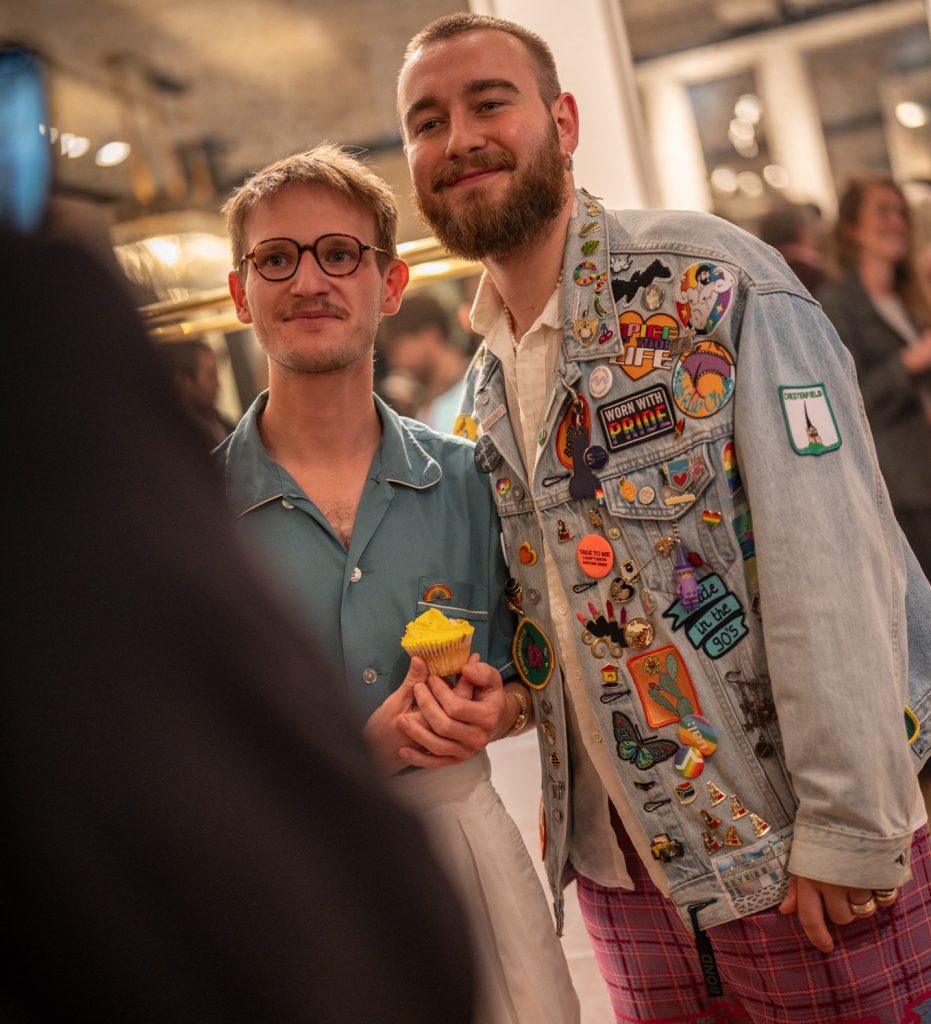




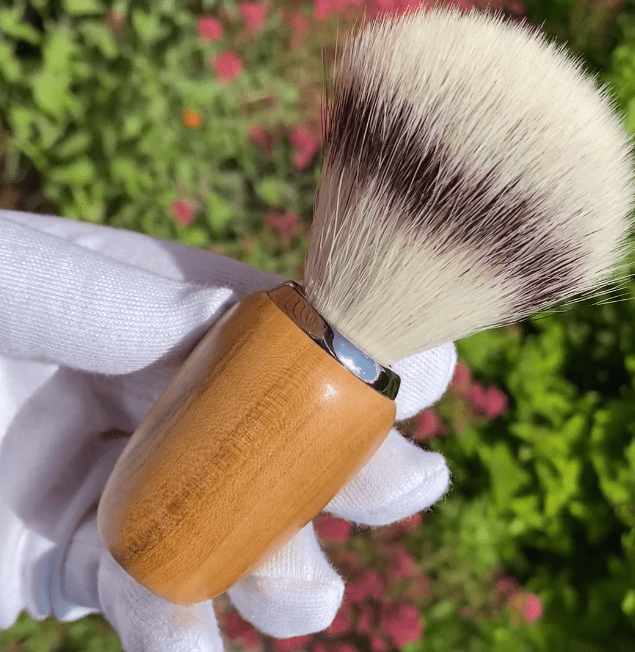
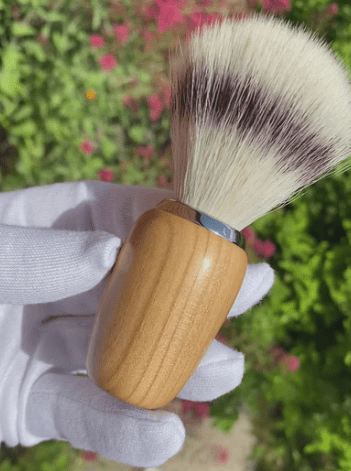 A quality shaving brush is just as important as a clean, sharp blade for a wet shave and the Wilde & Harte Kew Shaving Brush measures up perfectly!
A quality shaving brush is just as important as a clean, sharp blade for a wet shave and the Wilde & Harte Kew Shaving Brush measures up perfectly!
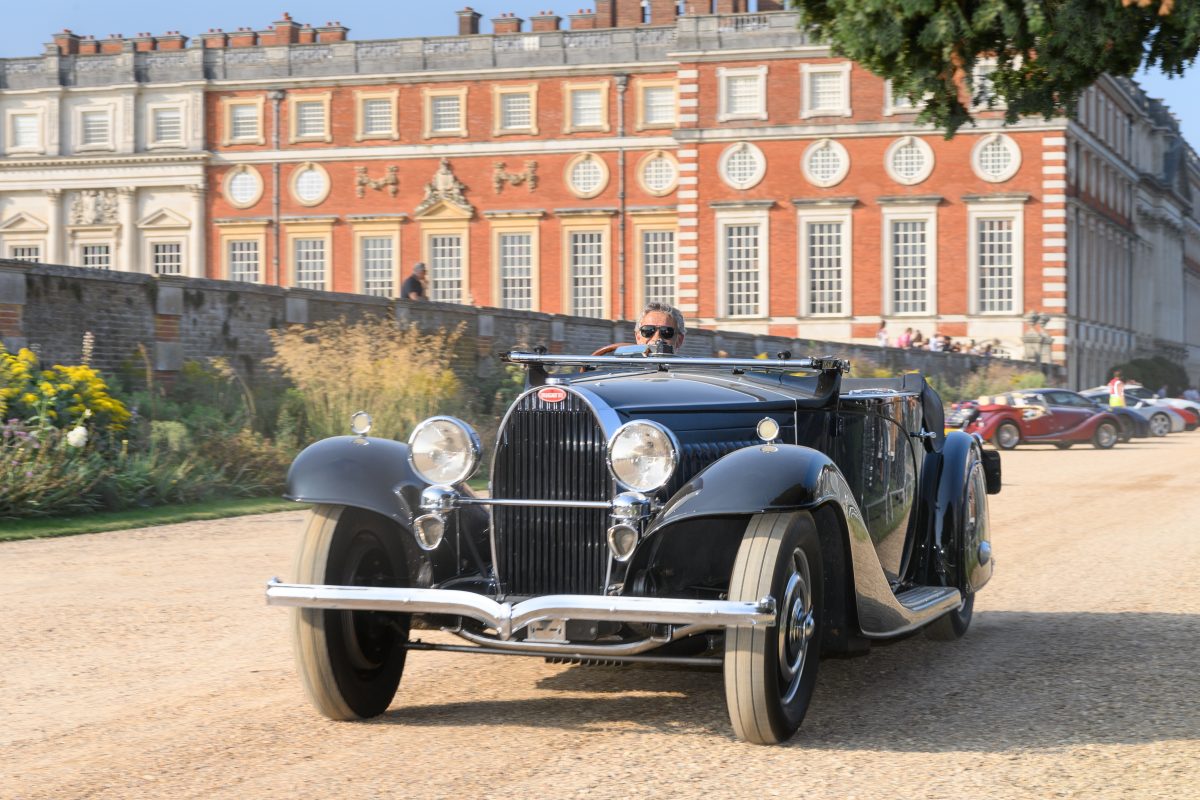
 Having masterminded what remain to this day some of the world’s most high-end, sought-after models, Automobiles Ettore Bugatti’s golden era came to an end in 1952, but the name was resurrected as Bugatti Automobili SpA in 1987 by Italian businessman Romano Artioli, resulting in the introduction of the astounding EB110 GT hypercar. The story continued with the Volkswagen Group’s acquisition of the brand in 1998 – and each of the marque’s chapters will be represented at the Concours of Elegance.
Having masterminded what remain to this day some of the world’s most high-end, sought-after models, Automobiles Ettore Bugatti’s golden era came to an end in 1952, but the name was resurrected as Bugatti Automobili SpA in 1987 by Italian businessman Romano Artioli, resulting in the introduction of the astounding EB110 GT hypercar. The story continued with the Volkswagen Group’s acquisition of the brand in 1998 – and each of the marque’s chapters will be represented at the Concours of Elegance.
 These exquisite Bugattis will sit alongside yet more exciting machinery at September’s Concours of Elegance, with an array of rare and spectacular concours vehicles and special features including further exhibits from Switzerland’s Pearl Collection, Thirty Under 30, the all-female Levitt Concours and Junior Concours. In addition to the main displays, the event will assemble around 1000 additional vehicles in a series of glamorous features.
These exquisite Bugattis will sit alongside yet more exciting machinery at September’s Concours of Elegance, with an array of rare and spectacular concours vehicles and special features including further exhibits from Switzerland’s Pearl Collection, Thirty Under 30, the all-female Levitt Concours and Junior Concours. In addition to the main displays, the event will assemble around 1000 additional vehicles in a series of glamorous features.
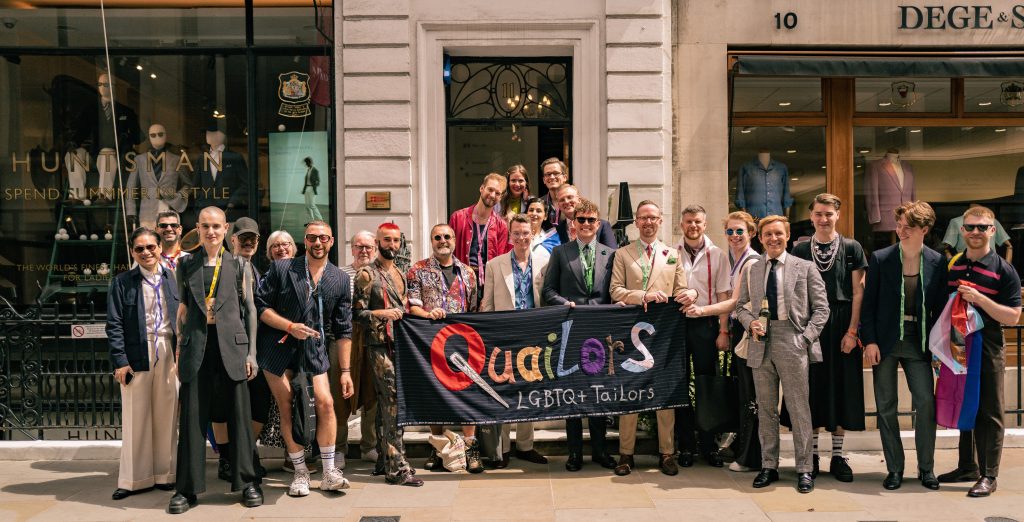 Quailors, the first LGBTQIA+ group for people in the tailoring industry, is hosting its first ever PRIDE event on Savile Row on Friday, June 30. The group is inviting its community to come together to celebrate PRIDE and join the members ahead of them marching in the London parade on Saturday, July 1 for the first time as a collective. Founded in 2020, the Quailors co-founders Andrew Johnson and James MacAuslan wanted to build a social community for LGBTQIA+ people who work in and support the tailoring industry in London and across the UK where they can feel safe, as well as to encourage a younger generation of tailors to join the trade. In three years, the community has gained over 50 active members who gather regularly to network and share ideas and opportunities among their peers, as well as over 600 followers on social media.
Quailors, the first LGBTQIA+ group for people in the tailoring industry, is hosting its first ever PRIDE event on Savile Row on Friday, June 30. The group is inviting its community to come together to celebrate PRIDE and join the members ahead of them marching in the London parade on Saturday, July 1 for the first time as a collective. Founded in 2020, the Quailors co-founders Andrew Johnson and James MacAuslan wanted to build a social community for LGBTQIA+ people who work in and support the tailoring industry in London and across the UK where they can feel safe, as well as to encourage a younger generation of tailors to join the trade. In three years, the community has gained over 50 active members who gather regularly to network and share ideas and opportunities among their peers, as well as over 600 followers on social media.


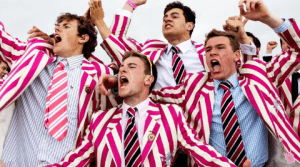 Friday, June 30 at the Chinawhite Enclosure, located at Temple Island Meadows, Remenham Lane, Remenham, Henley-on-Thames RG9 3DB, UK
Friday, June 30 at the Chinawhite Enclosure, located at Temple Island Meadows, Remenham Lane, Remenham, Henley-on-Thames RG9 3DB, UK